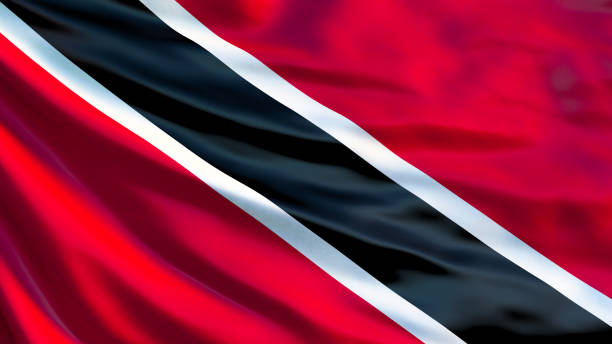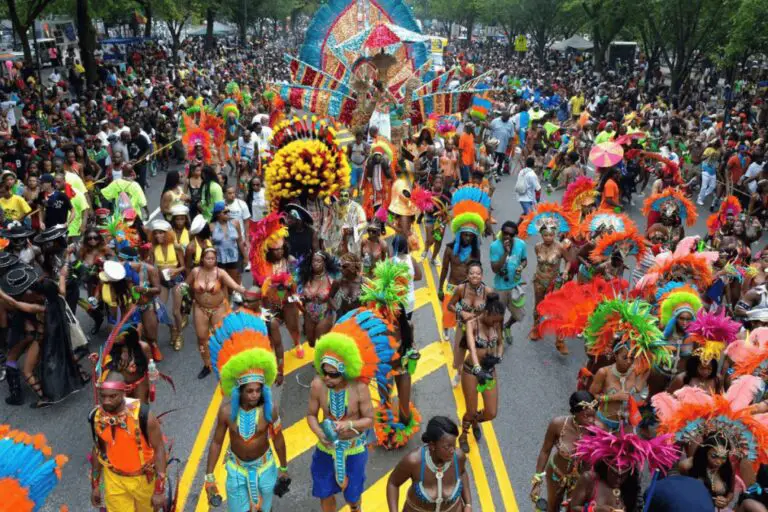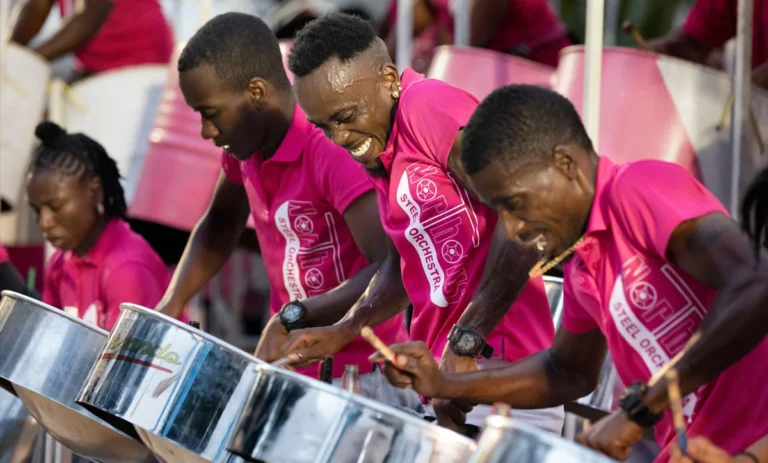Soca music, otherwise known as “The soul of Calypso’’ is a genre of upbeat music that was created in the West Indian Island of Trinidad & Tobago. The alluring rhythmic energy of soca can be enjoyed at carnivals, fetes, parades, and even at home. The lively tempo gives its audience no choice but to dance and be swept away by the vibrant music.

On September 4th, Soca music can be enjoyed at the West Indian Labor Day Parade in Crown Heights, Brooklyn.

Soca music is a combination of Calypso and Indian music. Ras Shorty I, a Trinidadian musician sought to fuse the genres after the realization that calypso was becoming threatened by reggae music. Shorty created an energetic hybrid genre called solka, which later became known as soca. In 1973, the musician introduced soca to the world through his song, “Indrani.” Shorty established two different types of soca music known as Power and Groovy soca.
Power soca music is fast with tempos around 160 beats per minute. This upbeat soca encourages people to dance as a response to artists giving dancing instructions through their music. Groovy soca is slower paced with tempos around 115 beats per minute. Songs such as “Turn Me On” by Kevin Lyttle and “Tempted To Touch” by Rupee demonstrate this type of soca.
The creation of soca gave Caribbean Islanders numerous hits by popular artists such as Machel Montano, Destra, Alison Hinds, Atlantik, KMC, and Bunji Garlin, among others.
Montano, also recognized as the “King Of Soca” celebrated 40 years in the industry in September 2022. Montano was the first Trinidadian and youngest performer to win the Caribbean song festival in 1987. Additionally, the musician won the Young Kings Competition in 1991, the Party Vocalist Competition in 1995, and the Road March King Competition of Trinidad and Tobago in 1997. At the age of nine, Montano exposed the world to soca with his performance with the Mighty Sparrow, at Madison Square Garden. He is most known for his songs “Fast Wine”, “Like Ah Boss” “Vibes Cyah Done” and “Soca Kingdom.”
As soca became more renowned and spread to other Caribbean Islands such as Jamaica, Guyana, Barbados, Grenada, more sub genres were created. Other variations include ragga, Chutney soca, Raga soca, Afrosoca, Steelband soca, Parang soca, Bouyon soca, and Bashment soca. Chutney soca is directly connected to East Indian culture with lyrics featuring both English and Hindi. Raga soca fuses traditional soca with Jamaican dancehall beats and instruments any you will most likely hear the presence of electric bass and electronic drums in this subgenre. Like Raga soca, Afrosoca is also influenced by Jamaican dancehall beats, an intermixture of dancehall and Nigerian beats.
Steelpan soca is characterized by its heavy usage of steel pans. Unlike the other subgenres, Parang soca is the only subgenre to incorporate Spanish into its lyrics. Bouyon soca is influenced by rhythms of Dominica. Besides Trinidad, many Bouyon soca artists are from St. Lucia, Antigua, and Martinique. Finally, Bashment soca is a contemporary form of soca and based in Barbados.

Although in many soca songs, human vocals are the only melodic instrument, often you will hear electric bass, keyboard synthesizers, cowbells, and machine drums. Larger soca bands are more likely to have a brass section featuring the trumpet, trombone, and the saxophone in their productions.
Soca has transformed throughout the years and has become a genre that not only represents Trinidad but the Caribbean as a whole, loved internationally and has inspired music from Western culture. Artists such as Drake, Nicki Minaj, Chris Brown, Busta Rhymes have multiple top charted songs influenced by soca.


Comments are closed.